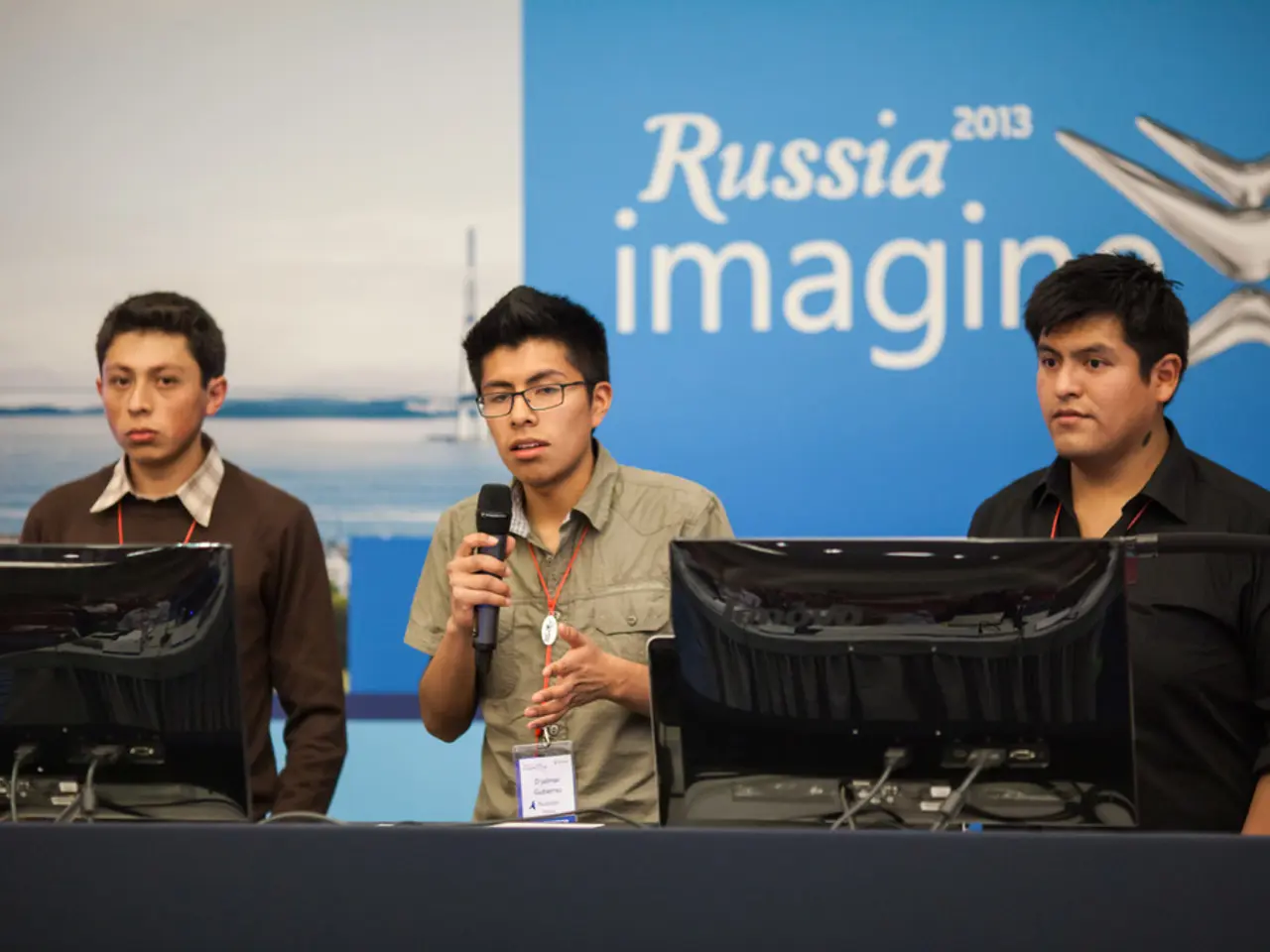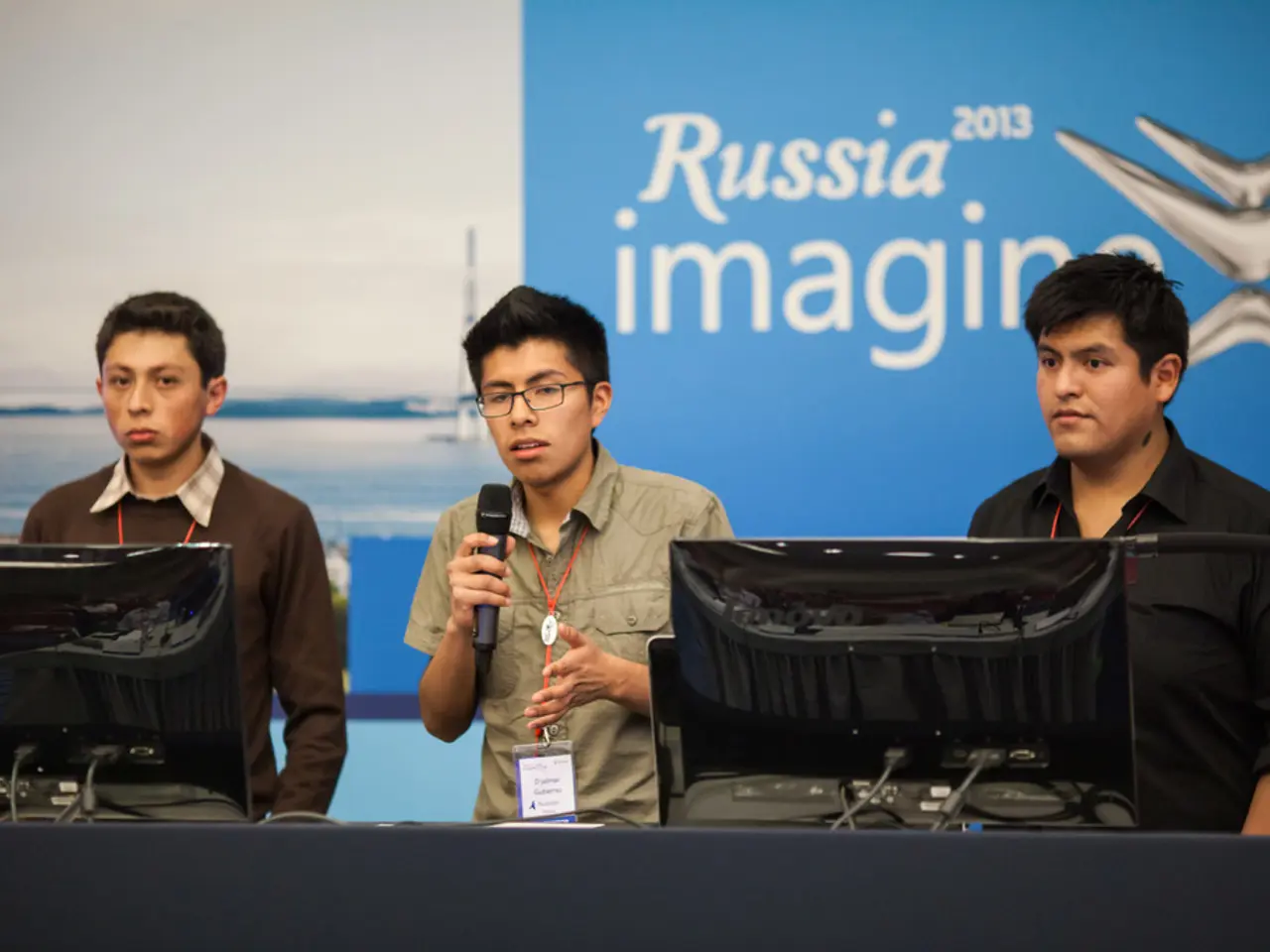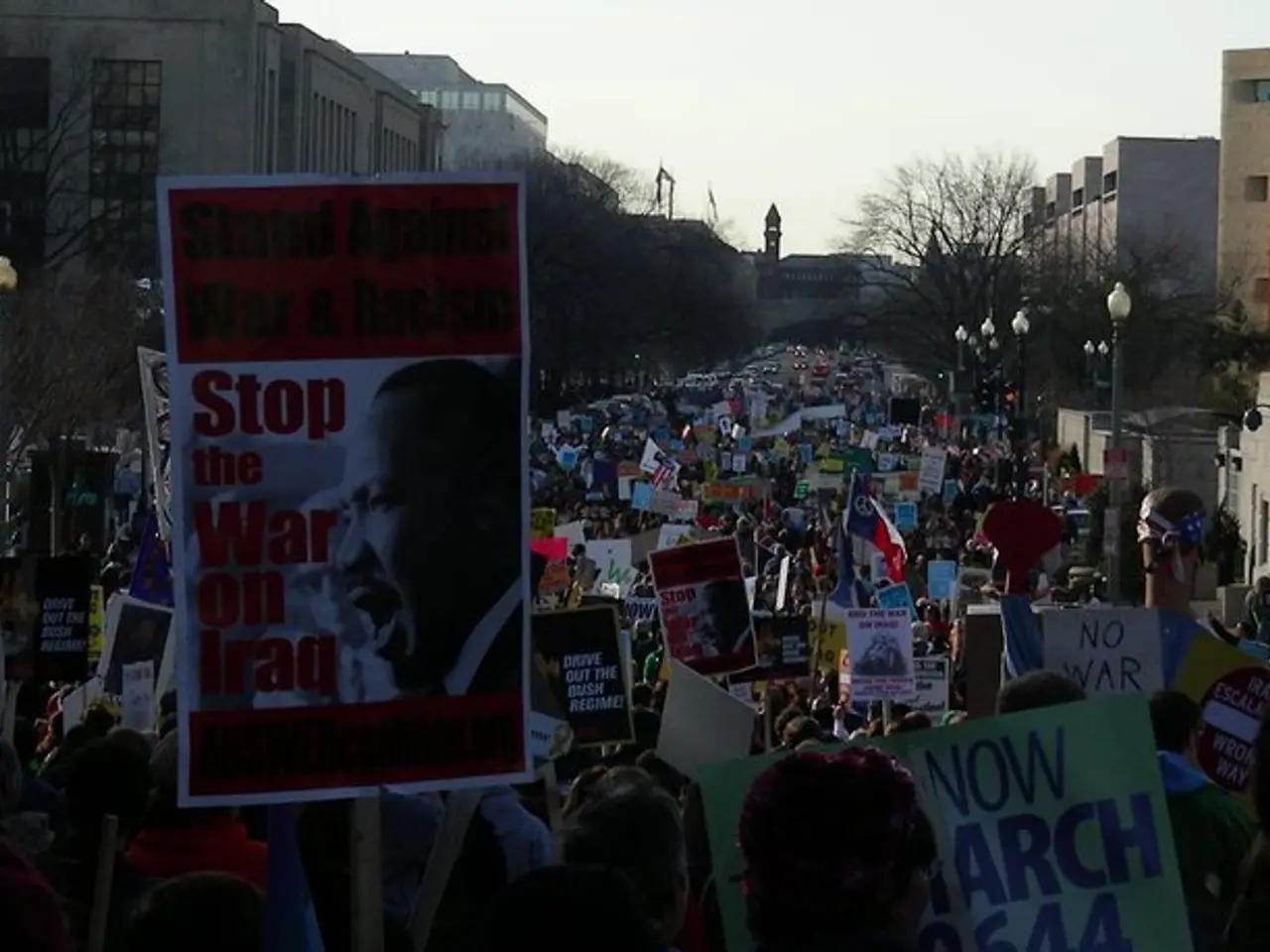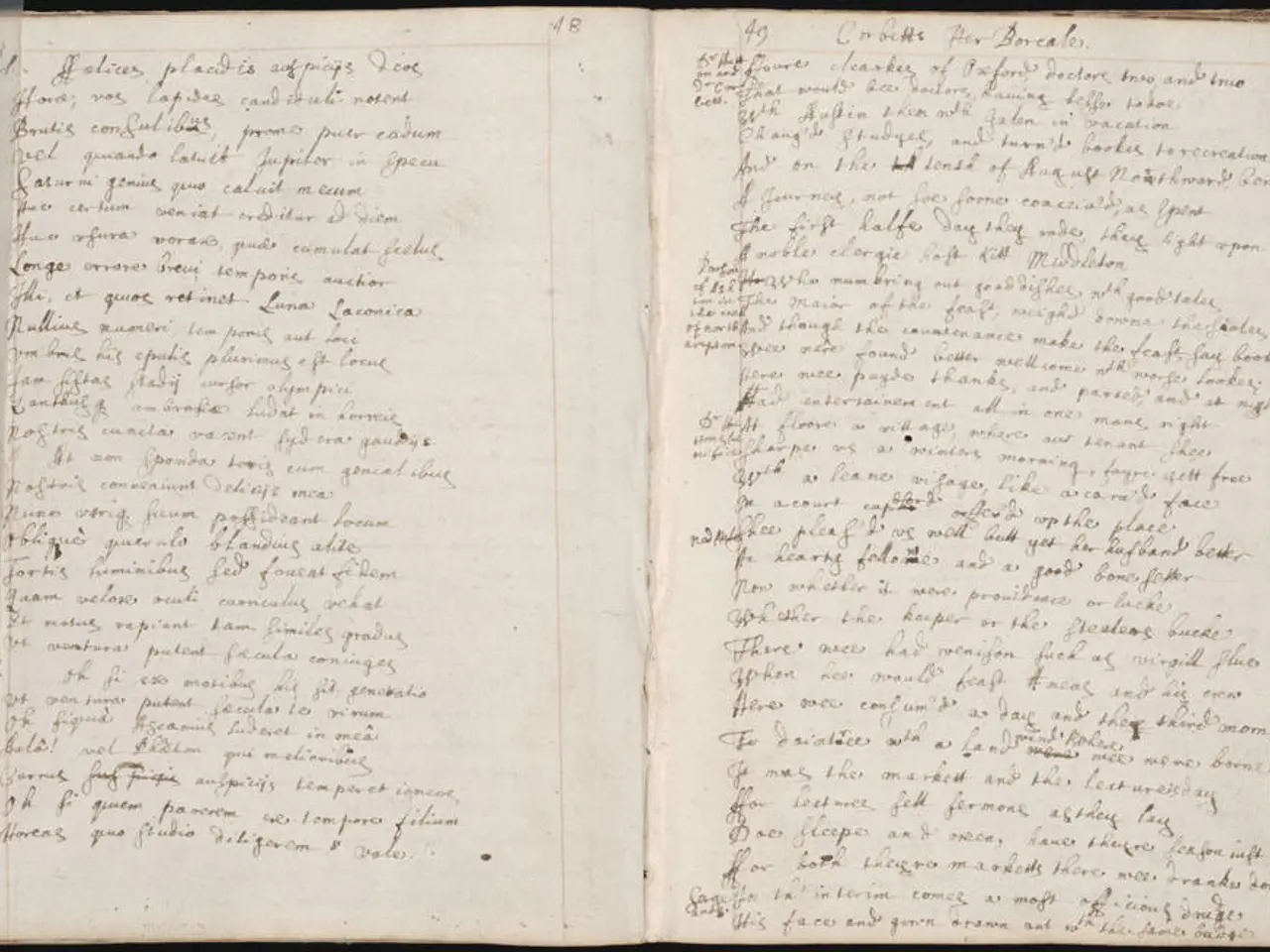Borders between Russia and Ukraine are shut down at 20 different locations.
As of August 1, 2022, Russia has officially closed 20 border crossing points with Ukraine, comprising 13 road checkpoints and 7 railway crossings. These closures affect crossings established under the 1995 bilateral agreement on border crossings, including those in parts of the Donetsk, Luhansk, Kherson, and Zaporizhzhia regions temporarily occupied by Russia.
The Russian government, led by Prime Minister Mikhail Mishustin, signed the order to close these points as a formal measure that follows Russia’s annexation claims over certain Ukrainian territories in 2022. According to Russian authorities, some of these border crossings “ceased to be on the border with Ukraine” after annexation and thus are included in the closures.
Specific locations include: - 13 road checkpoints and 7 railway crossings along the line between Russia and Ukrainian regions mentioned above. - The crossings are spread across temporarily Russian-occupied areas in eastern and southern Ukraine, though a comprehensive list of exact checkpoint names and coordinates is not publicly detailed in the sources.
Reasons for closure
The official reason is administrative, reflecting the changed de facto borders following Russia’s annexation and ongoing conflict. It formalizes the suspension of cross-border civilian and trade movement at these points from Russia’s side. This move contrasts Ukraine’s continued closure of its border crossings with Russia since February 2022 after the full-scale invasion, though Ukraine still allows its citizens to return home without restrictions.
Effects on trade and travel
The closures effectively halt any official cross-border trade, transit, and civilian travel through these 20 checkpoints from the Russian side. Given Ukraine had already closed all crossing points on their side at the start of the conflict, these closures largely codify a frozen border with no official movement except returns of Ukrainians.
The impact adds to the isolation of the occupied territories and further disrupts movement of goods and people, deepening the division between Russia and Ukraine controlled areas.
In summary, the closure is a politically driven formalization of border restrictions consistent with wartime realities and territorial claims, severely limiting cross-border trade and travel at these 20 officially named road and rail crossing points. A detailed list of the exact names of all 20 locations is not available in the referenced materials.
It is unclear if this decision will have long-term implications for the relationship between Russia and Ukraine. The closure may impact cross-border trade and travel between Russia and Ukraine, further isolating the occupied territories and deepening the division between the two countries.
References
[1] BBC News. (2022). Russia closes border with Ukraine. [online] Available at: https://www.bbc.com/news/world-europe-62325017 [Accessed 1 August 2022].
[2] Reuters. (2022). Russia says it has closed 20 border crossings with Ukraine. [online] Available at: https://www.reuters.com/world/europe/russia-says-it-has-closed-20-border-crossings-with-ukraine-2022-08-01/ [Accessed 1 August 2022].
[5] The Guardian. (2022). Russia closes 20 border crossings with Ukraine. [online] Available at: https://www.theguardian.com/world/2022/aug/01/russia-closes-20-border-crossings-with-ukraine [Accessed 1 August 2022].
The closure of 20 border crossing points by Russia in August 2022, as revealed by sources such as BBC News, Reuters, and The Guardian, is a politically driven decision that follows Russia's annexation claims over certain Ukrainian territories. This move, which includes 13 road checkpoints and 7 railway crossings, is part of the war-and-conflicts-related boundary adjustments and restricts cross-border civilian and general-news related movement. The closure significantly affects cross-border trade and travel between Russia and Ukraine and further isolates the occupied territories.






